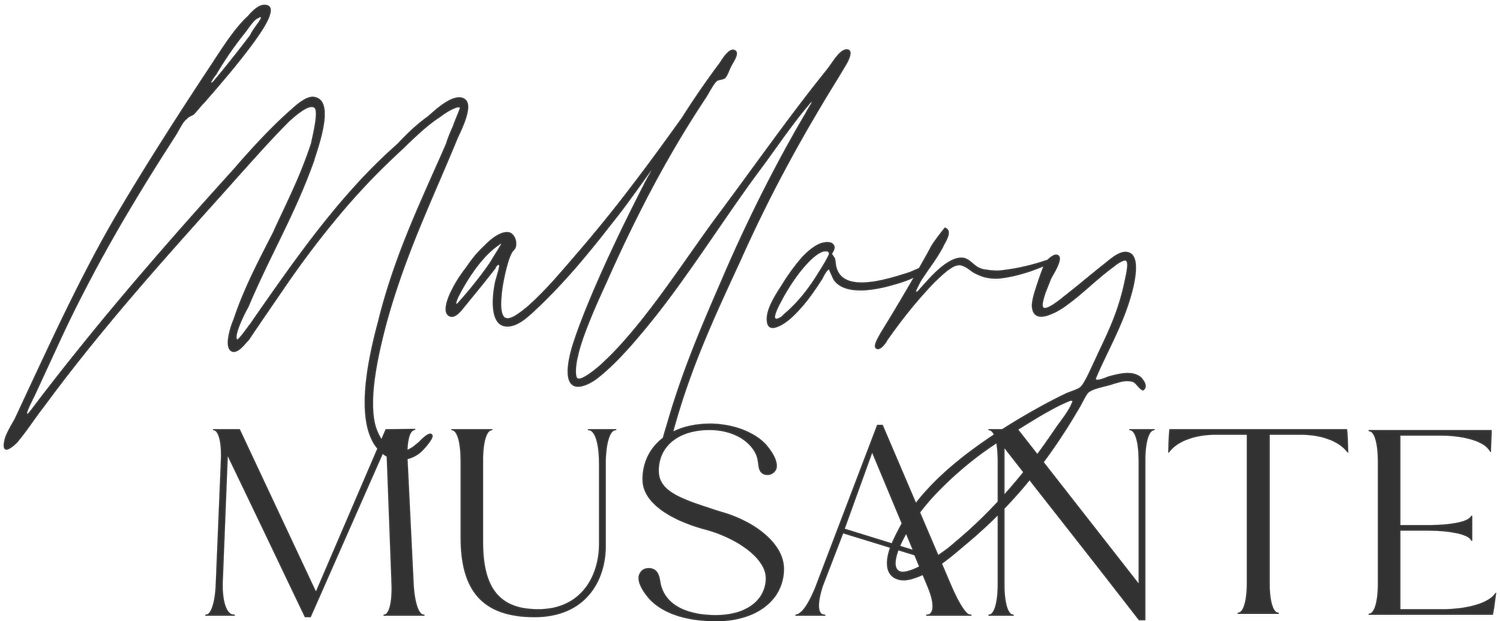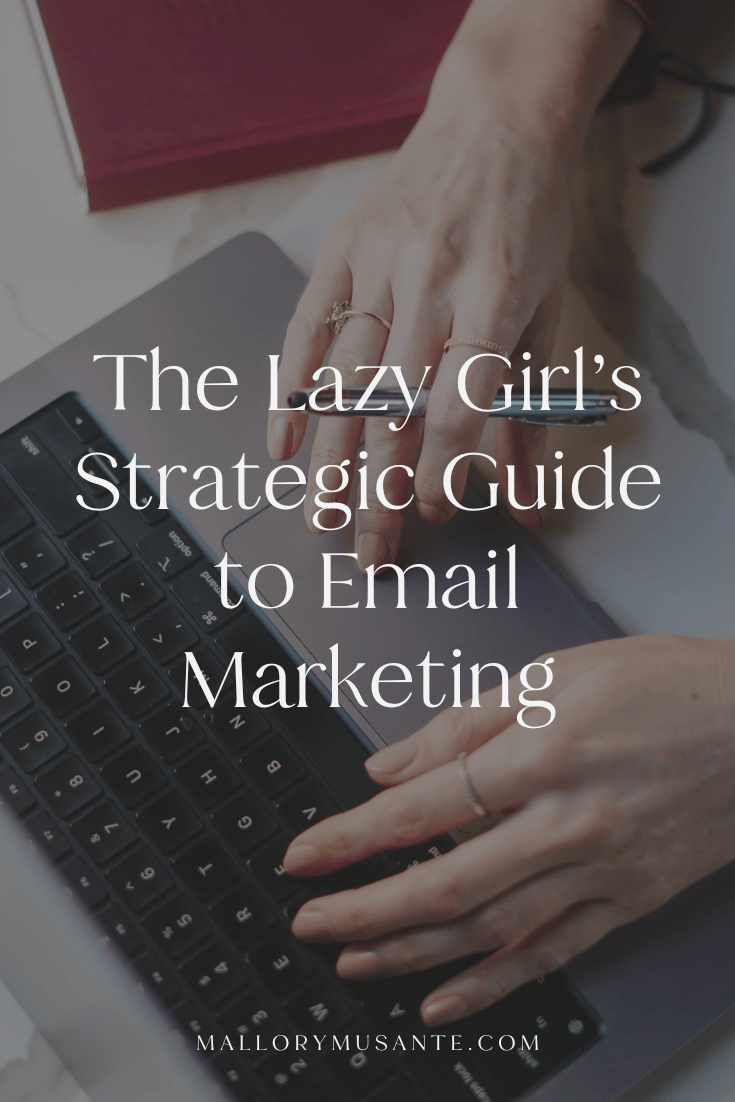How Much to Charge for Services: 5 Factors to Consider
Setting your prices (or even adjusting them after you already set them) can be one of the hardest parts of being a business owner. We often just look to our competitors and align with them or pull a number out of thin air, which can work but there is a lot more that goes into setting our prices that should be considered, especially if you want to be able to support yourself and your family off of your income.
If your goal is to make $100,000, that entire amount is not going into your pocket. You have expenses, taxes, payment processing fees, etc. that will come out first. So you need to factor these into your overall pricing if you want to take home $100k.
Let’s jump into these factors a little more to help you set your prices correctly so you can reach your income goals and beyond!
Taxes
Yep, this annoying factor. Taxes are one of the biggest things that eat into your profit as a business owner so I like to actually factor these into my prices.
Now the percentage you add into your prices is going to be determined by how your business is structured and where your business is located. The general “rule of thumb” is to typically put 30% aside for taxes but I’m an s-corp and only put 20% aside. If you don’t know how much to factor into your pricing, 30% is a good conservative number but I highly recommend consulting your accountant as they can give you a much more accurate percentage.
Side note: If you have trouble remembering to move your tax money into a savings account, I recommend looking into banking with Novo. They have a reserve (aka electronic envelope) that you can set up to automatically move a percentage of each deposit to that reserve. This has been such a nice addition so I don’t even have to think about it. The money is just there when it’s time to pay my quarterly estimates! Use this link to get $40 when you sign up.
Expenses
This is really similar to taxes in that you want to factor in your typical monthly expenses into your prices so again, they aren’t eating into the profit. These do not include paying yourself though.
Look at your monthly expenses and add up everything you pay on a regular basis like software subscriptions, rent for your office space, education, etc. This will give you an idea of what your monthly expenses are so you know how much to factor into your pricing. (This does not factor in emergency expenses like having to buy a new computer if yours dies so you’ll need to work to build up a business emergency fund too!)
Payment processing fees
Another sneaky factor to add into your overall pricing. These are typically around 3% and while it might not seem like much, these can add up quickly! Think about it this way, if you make $10,000 in the month, about $300 of that is going to your payment processor instead of in your pocket.
Now payment processing fees are also a tax write-off so if you leave them out of your pricing, you’ll still get that benefit since it is the cost of doing business so you can take or leave this one but I like to factor it in.
Industry standards
Now you can reverse engineer your pricing by figuring out what you want your take-home pay to be and factoring in the above expenses but you also need to consider whether or not the numbers you come up with are aligned with your overall industry. If you’re priced 2x higher than your entire industry, it may be more difficult to close a sale (not impossible if you are positioned as a luxury experience, for example).
Also, being underpriced doesn’t always mean you’ll get the sale either. This might provide the perception that you’re inexperienced… Which leads us to the below factor!
Level of skill and expertise
Similar to knowing the industry standard for pricing, you also want to objectively compare your prices with the industry and with your own level of skill and expertise. If you have a lot more to bring to the table than your competitors then being priced much higher may not be an issue.
If you’re priced lower than industry but you know your skills are on par with everyone else, then it’s time to adjust your prices to reflect that.
Essentially what we want to do is use data and calculations to find the appropriate pricing based on our business’ numbers and then objectively check those numbers with our industry and our own skill level to find the perfect price point for your business!
If you feel like you need help figuring out these calculations and knowing the right questions to consider when evaluating the numbers, my Straightforward AF Pricing Calculator will help you do all of this. You tell the calculator how much you want to make and then it breaks down your hourly rate which includes taxes, expenses, and payment processing fees factored in. Then you can find your project rate by giving a couple of other numbers. And last but not least, I give you questions like the ones above to consider and give recommendations on how to proceed depending on how you answer the question. It’s straightforward, easy AF, and only $27.































